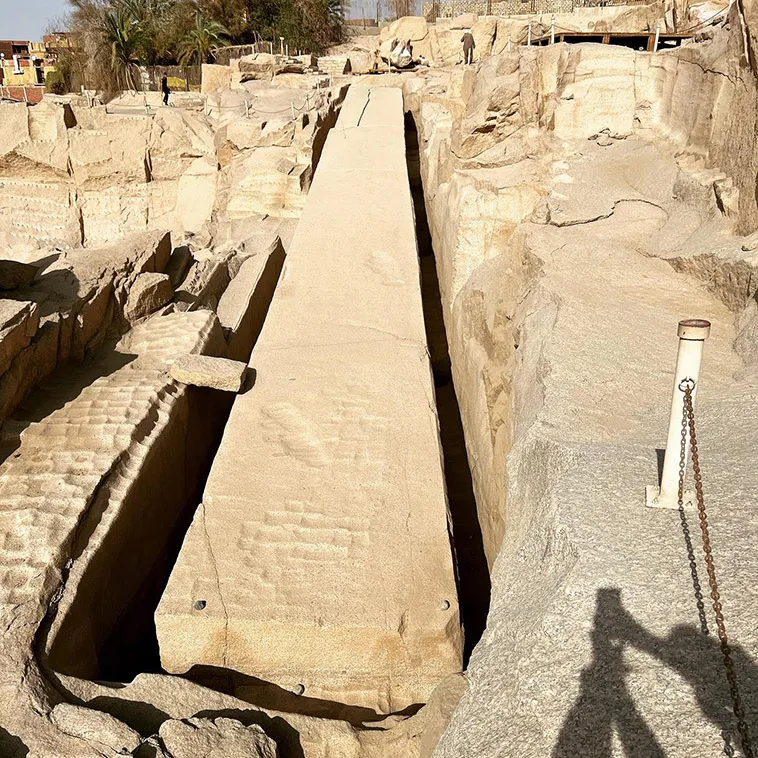Ancient Egypt is an enigma with its architecture and engineering. Even today, experts all over the world marvel at the fact that the Egyptians were able to build monuments and structures such as pyramids, sphinxes, temples, and obelisks. Aside from the ones standing, the structures under the ground in Egypt are as fascinating. The Unfinished Obelisk in Aswan Region is one of those structures.
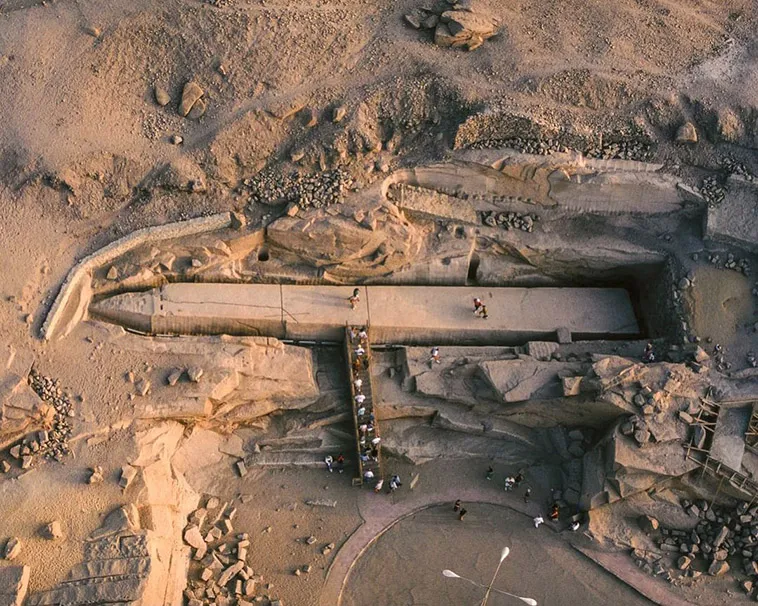
Maarten Hoogland
Obelisks have their places in various cultures in various fashions. However, historians consider ancient Egyptian obelisks the primary example of the tradition. In Ancient Egypt, obelisks had different purposes and functions. While most of them were monuments to Sun God Ra, the most-followed deity in Ancient Egypt, some celebrated kings and queens of Egypt.
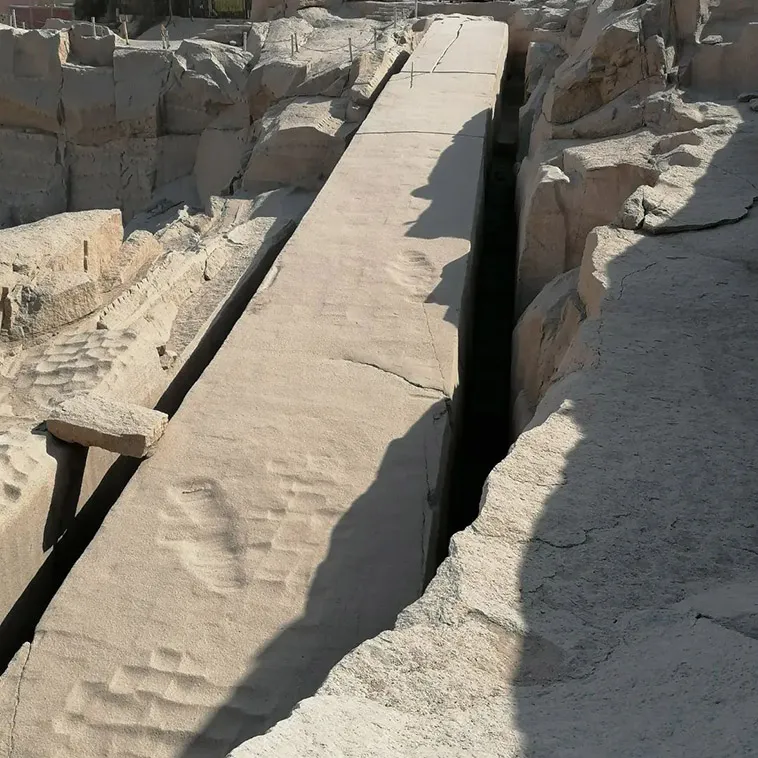
Helen
The tallest Ancient Egypt obelisk is Lateran Obelisk which is 32 meters tall. If the Unfinished Obelisk were to be finished, it would be 10 meters tall than Lateran Obelisk.
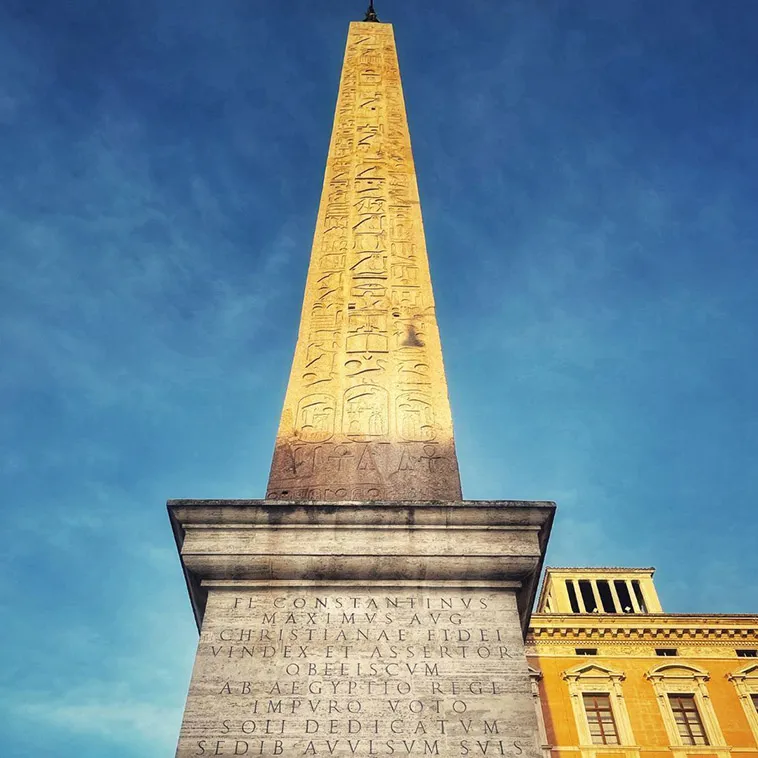
Through Eternity Tours
The Unfinished Obelisk is 42 meters tall and weighs 1.200 tons. Aside from its size, the Unfinished Obelisk is also intriguing because of its age. The Obelisk is nearly 3.500 years old. Archeologists estimate that the female pharaoh Hatshepsut might have been the one who gave the order for its construction.
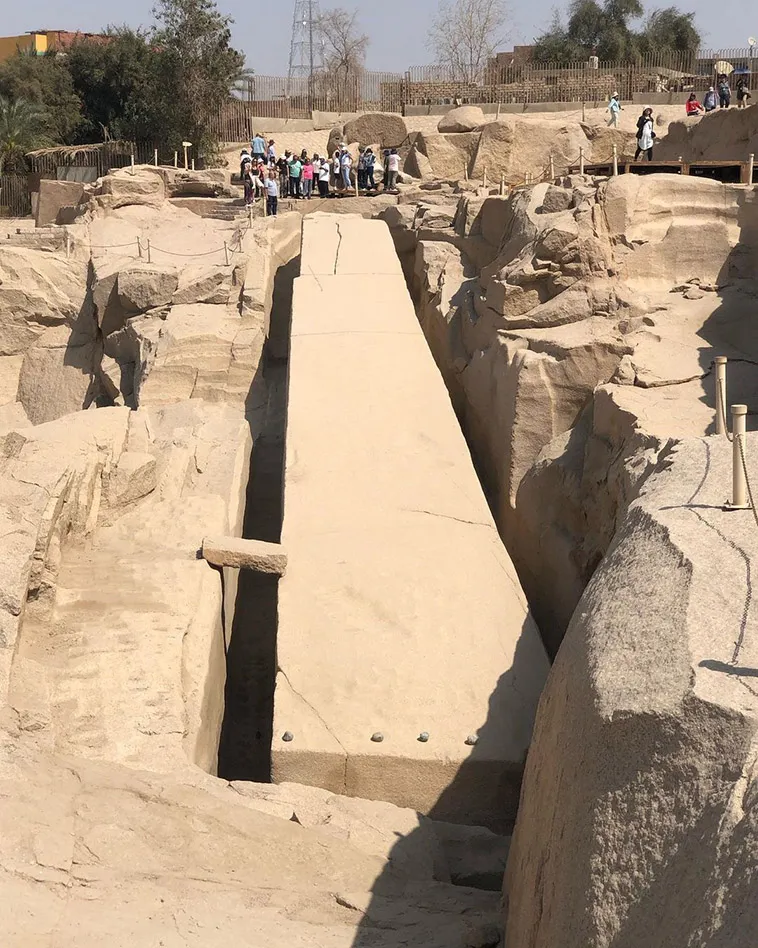
The reason why Obelisk is incomplete is that the Egyptians never lifted it up as the Obelisk never left the ground and stayed there for thousands of years. Of course, experts speculate about why the Obelisk stayed like that. Although there are many guesses, the most probable ones are that the Obelisk was either too big or too unstable to lift up.
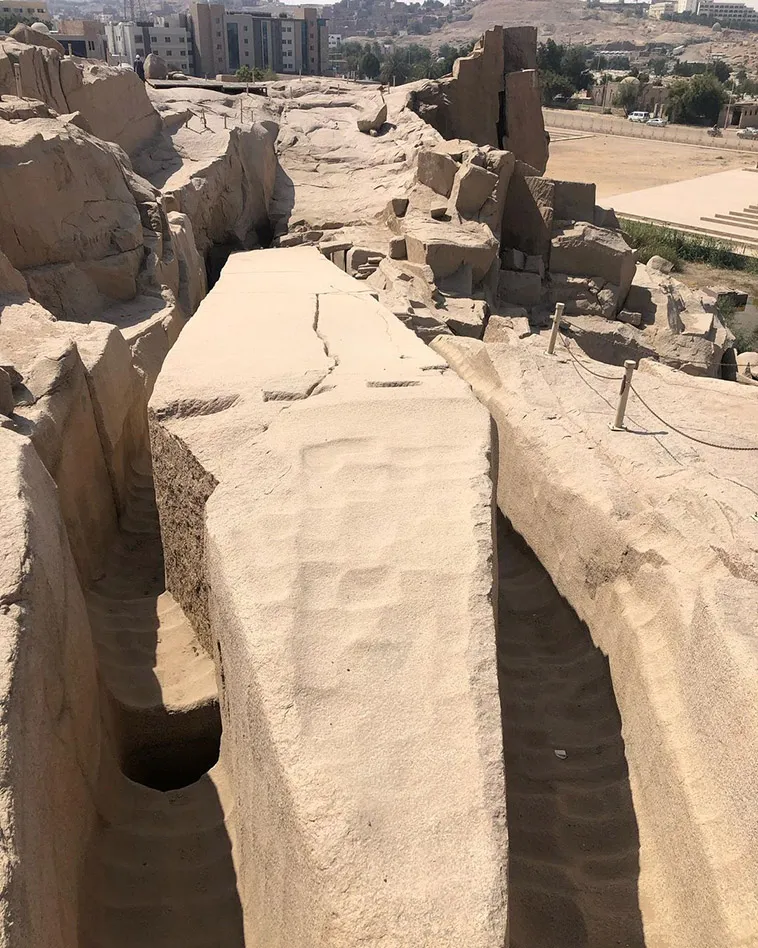
Ivan
The Unfinished Obelisk also provides insight into the techniques the Egyptians used to make obelisks. They did not actually build obelisks but instead carved them into rocks and then lifted them up. The Egyptians also used a stone called Dolerite balls to smooth the rock. After the carving, they would use wet wood to sever the carved rock from the ground.
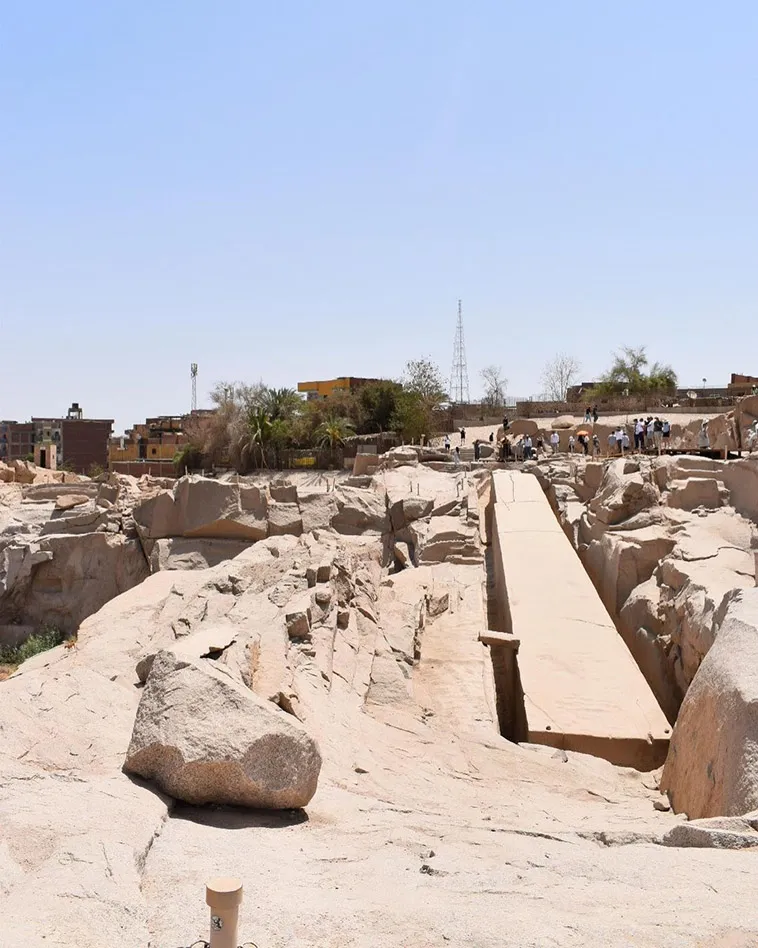
Mi
Archeologists first studied the Unfinished Obelisk in the early 20th century. They realized that this was the largest monolith in all of Egypt. Considering its importance, even as an unfinished monument, Unesco put the obelisk on its heritage list to preserve it for the next generations in 1979.
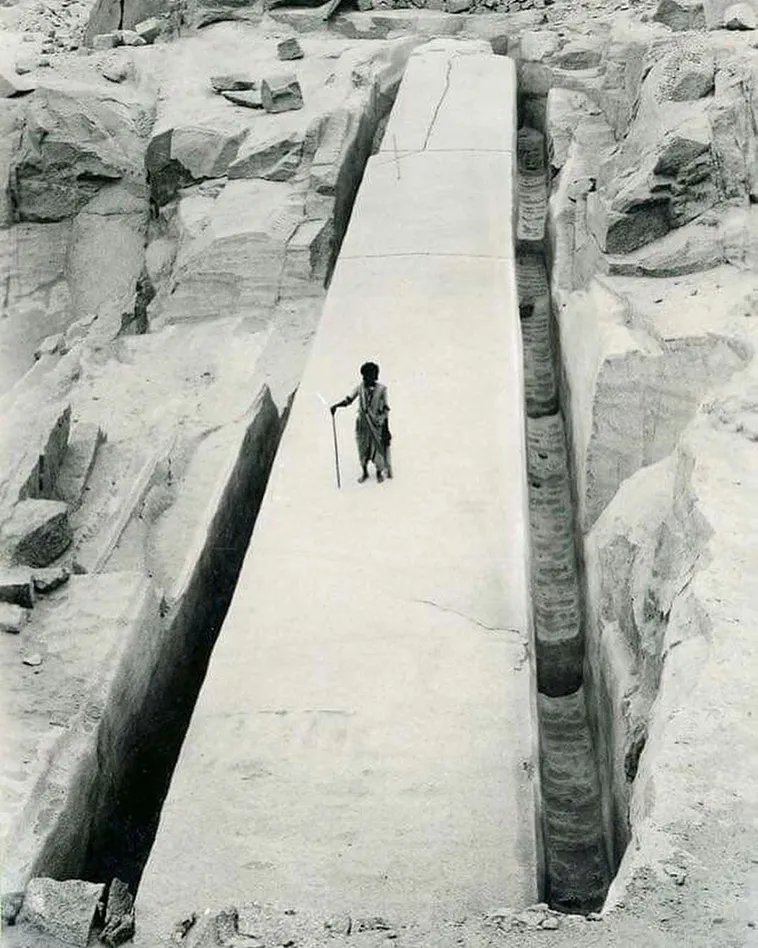
Vincet Veritas
Today, the Unfinished Obelisk is an open-air museum where people can visit and have a glimpse at one of the most important ancient monuments in Egypt.
